The twentieth century visited the worst of its horrors on East-Central Europe. In these lands—stretching from today’s Poland through Ukraine, Belorussia, and the Baltic into western Russia—wars, ethnic cleansing, and genocide ravaged the population. Most notorious is the Soviet and Nazi barbarism of the 1930s and 1940s, when totalitarian regimes murdered some 14 million people. Often forgotten, however, is the fact that the extraordinary violence in these lands began decades earlier, already with the outbreak of the First World War. From 1914, huge armies ranged widely in East-Central Europe. With vicious fighting, ambitious plans of conquest, and the persecution of whole ethnic groups, this first war unleashed the new era of barbarity.
The First World War’s Eastern Front was the arena for an immense imperial clash. In the west, initially on the defensive, stood imperial Germany and the Habsburg Empire. To the east was Tsarist Russia, whose army of 3.5 million soldiers was the largest in the world. Russian ambitions for conquest in 1914 were fixed on the Habsburg province of Galicia—today in southern Poland and western Ukraine—at the southern end of the front. In Russian leaders’ imaginations, the eastern half of this province was ‘primordial Russian land,’ even though it was populated by Ukrainians, Poles, and Jews. The ferocity of the violence the authoritarian Tsarist regime launched to conquer the province, and the frighteningly modern population engineering enacted there to turn it into ‘Russian’ land, converged with greatest intensity at one place: the fortress-city of Przemyśl.
Przemyśl was the Habsburg Empire’s main defensive bulwark in the east. The fortification of the city had begun in the 1870s, and by 1914 it was protected by a ring of 35 forts, some 30 miles in circumference. With 46,000 residents—Poles, Jews, and Ukrainians—Przemyśl was the third largest conurbation in Galicia, after Cracow and Lemberg. Already in the first months of hostilities, Przemyśl played a decisive role. From the outset, the Habsburg campaign went badly. The army was quickly defeated in eastern Galicia and forced into a chaotic general retreat westwards. For a few weeks in the autumn of 1914, the fortress-city of Przemyśl and its garrison of 130,000 soldiers was all that stood before the Russians. It was encircled and, in early October, stormed. The garrison’s successful resistance won crucial time, permitting the Habsburg Army to regroup, refill its depleted ranks and march forward in relief, and thereby saved Central Europe from an early Tsarist invasion.
The Russian Army soon recovered, and at the beginning of November 1914 returned to open a second, and far more gruelling, siege of Przemyśl. In marked ways, this campaign was the ‘Stalingrad’ of the First World War. Like the Soviet city 28 years later, Przemyśl became a powerful propaganda symbol of heroic endurance, and the prestige and morale of the Habsburg Empire came to be bound up in its defense. The fighting was as hellish as any seen in the Second World War. To break the encirclement and save the fortress-city, the Habsburg Army launched three futile winter offensives over the Carpathian Mountain Range. From January through till March 1915, the troops fought at altitudes of over 2,500 feet in temperatures below -4°F, trying vainly to struggle forward in deep snow. The casualties on both sides together numbered well over a million men.
Army horses, here shown in a military slaughterhouse, were nearly all that the garrison and townspeople of Przemyśl had to eat in the last months of the Russian siege.
Inside Przemyśl, the trapped, frightened people were exposed both to the terrors of age old siege warfare and modern ‘total war.’ Food was weaponised. During the four and a half months the city was besieged, starvation set in. Civilian mortality doubled. The garrison was reduced to eating its own horses. New dangers, distinct to the twentieth century, accentuated the misery. From December 1914, Russian aircraft attacked Przemyśl in some of the earliest aerial bombing raids in history. Though ineffectual, these pointed forward to an apocalyptic future. Not only Tsarist besiegers but also the Habsburg defenders embraced mentalities of absolute destruction.
The destruction of Przemyśl’s forts shortly before capitulation on March 22, 1915.
When, at last in March 1915, all the fortress’s food was exhausted and a fifth of its soldiers were hospitalised due to malnutrition, capitulation became unavoidable. On the final, apocalyptic night of March 21-22, the guns fired off their ammunition and all the forts were blown sky high with earth-shattering explosions. The three central road and rail bridges were also destroyed, cutting off the city’s main northern suburb from its centre.
When the Russian Army took control, the city’s new Tsarist commander warned residents that anything less than absolute obedience would be met with brute force: ‘the siege artillery … will shoot the city into ruins.’
The Russification of the city began. Clocks were re-set to St. Petersburg time. The rouble was introduced. Most distressing, and deeply ominous, was the occupier’s deliberately divisive ethnopolitics.
The Polish elites who had run Przemyśl were arrested, and the Ukrainian Greek Catholic bishop harassed. By far the worst persecution, however, was inflicted on the Jewish population, whom the viciously anti-Semitic Russian military regarded as potential spies and saw no place for in the new ‘Russian land.’ Across occupied Galicia, some 100,000 Jews were forced from their homes. In Przemyśl, the cleansing was total. In early May 1915, all the city’s Jews—some 17,000 men, women, and children—were loaded onto army wagons and forced eastwards, to an uncertain future.
For all its violence and horror, the First World War’s Eastern Front never descended to the depths of barbarity perpetrated in the same region in 1939-45. There was not yet genocide. Nevertheless, this early conflict prepared the way. Taboos were broken. Bloodshed swept the land. Though their ideologies were more rigid and brutal, the Nazi and Soviet occupiers who seized Przemyśl in 1939 shared the imperial Russian Army’s view of the surrounding region as a place for conquest and dystopian experimentation. These totalitarian regimes, unimaginable in 1914, radicalised the killing begun by the first war. For Przemyśl, as for the wider region, this was a disaster. Jews were annihilated, Ukrainians expelled, and the city’s population was halved. What was lost was staggering.
Meet the Author
Alexander Watson is Professor of History at Goldsmiths, University of London. His latest book, The Fortress: The Siege of Przemyśl and the Making of Europe’s Bloodlands, is out now with Basic Books.
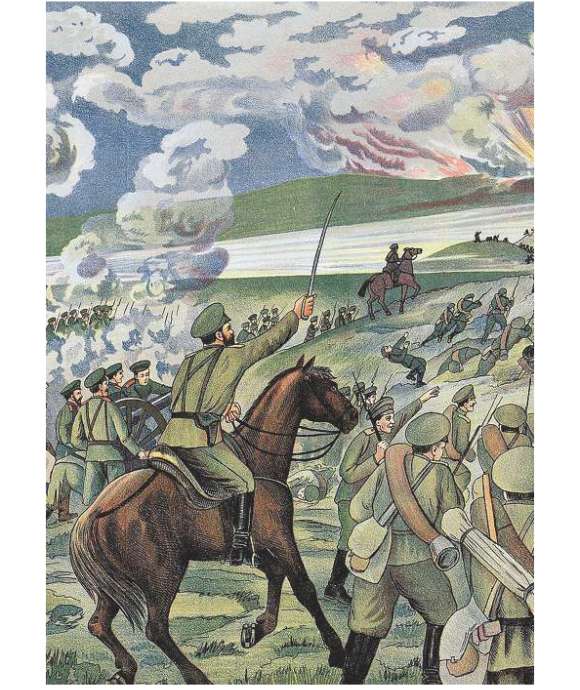
The Fortress: The Great Siege of Przemysl
In this webinar discussion with Alexander Watson, PhD and Senior Director of Programs Ed Lengel, PhD, also a historian of World War I, we'll learn how this titanic struggle marked the dawn of total war in Europe and set the stage for the atrocities and brutal fighting on WWII's Eastern Front.
July 23 11:00 AM - 12:00 PM
Cite this article:
MLA Citation:
APA Citation:
Chicago Style Citation:
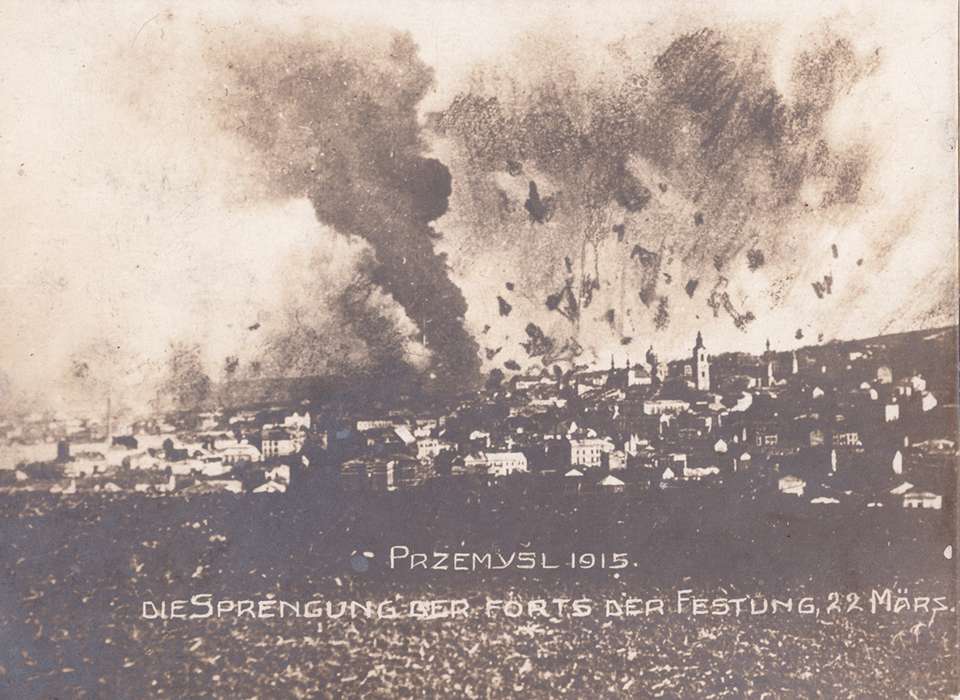
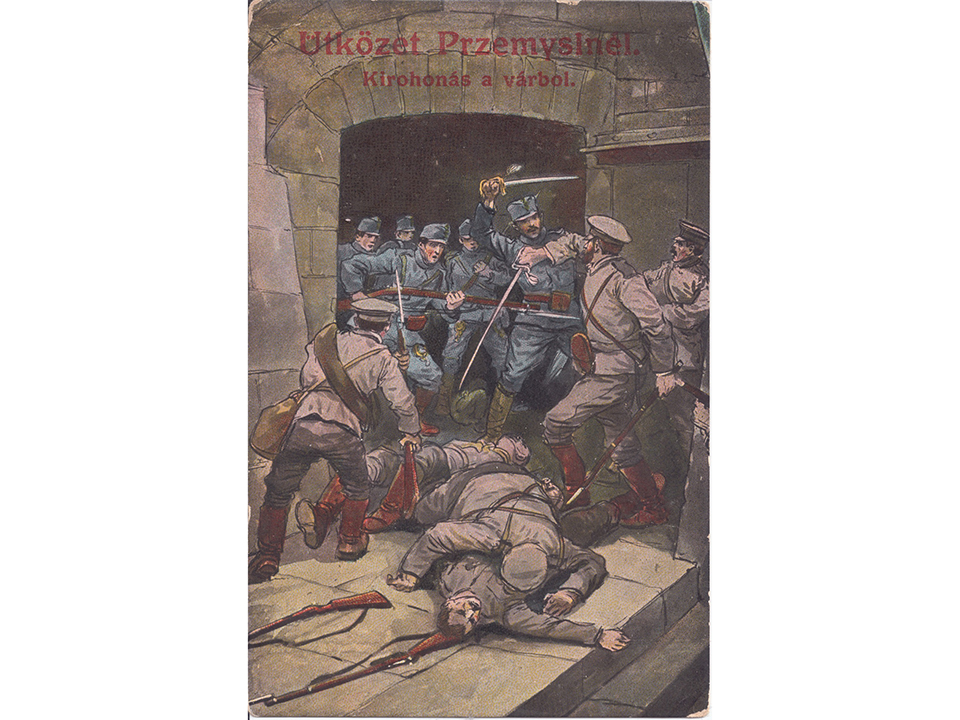
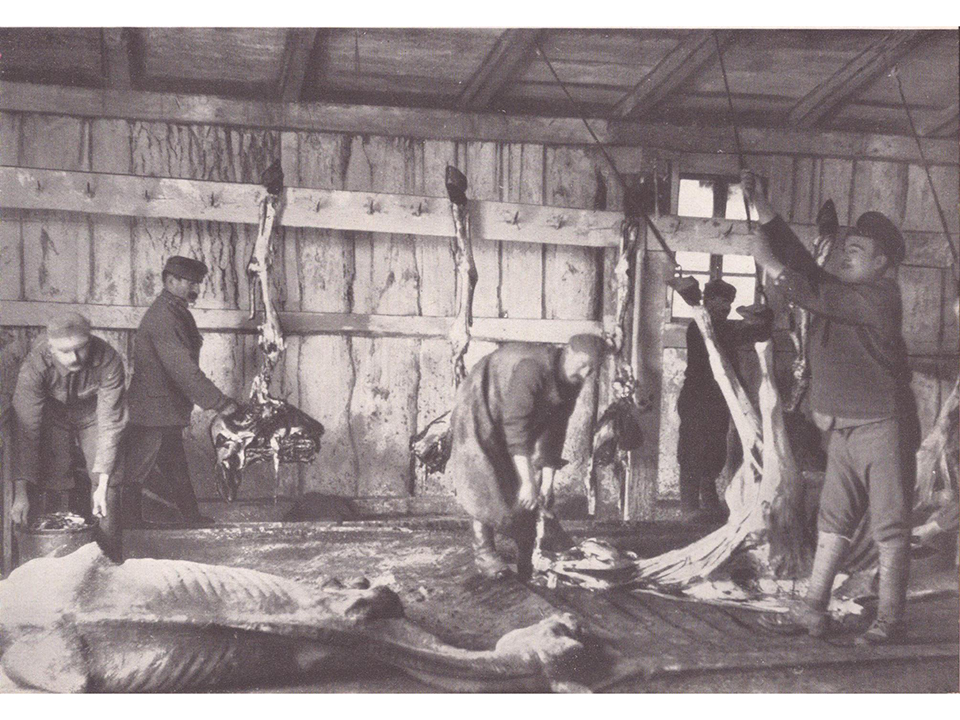
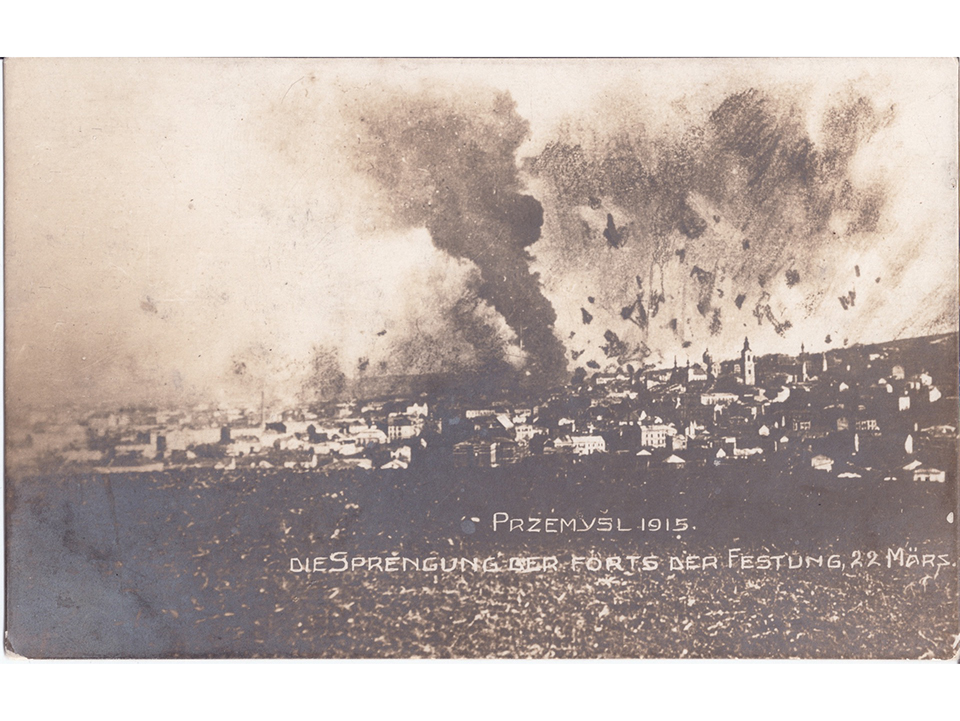
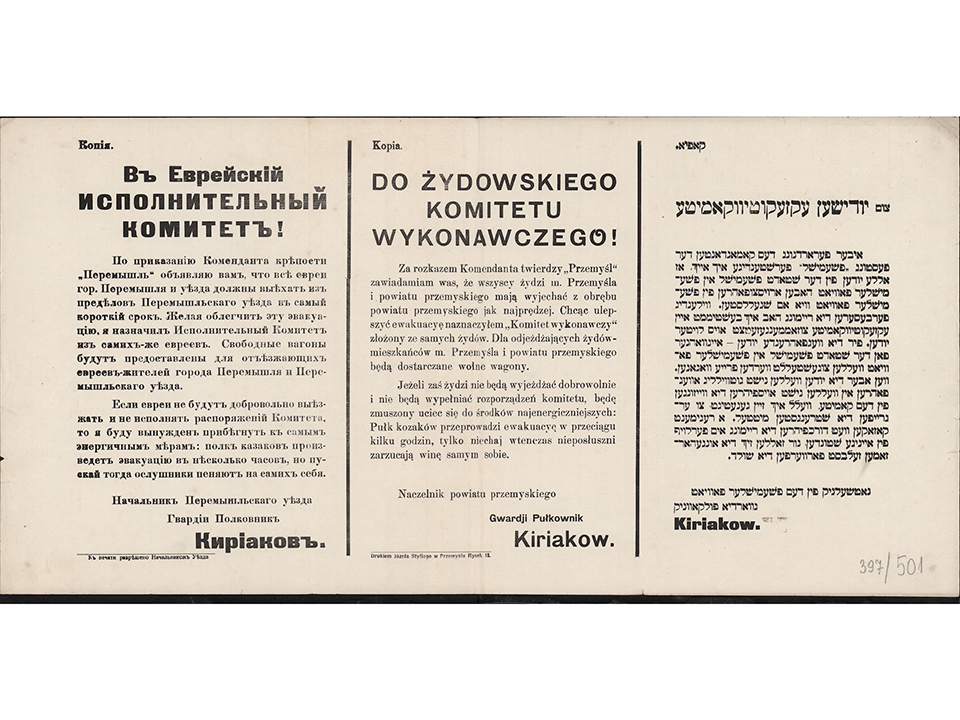

![Max Fuchs, New York City cantor, sings as Rabbi Sydney [sic] Lefkowitz, Richmond, VA, conducts the first Jewish services from Germany.](/sites/default/files/styles/max_650x650/public/2025-10/image1.jpg)






